Photos: Uncovering Sphinxes from 1923 'The Ten Commandments'
After being buried for more than 90 years beneath the sand dunes of Guadalupe, California, a towering sphinx from a blockbuster film "The Ten Commandments" has been uncovered and is being restored. Check out these photos of the sphinx and excavation. [Read full story on the 'Ten Commandments' sphinxes]
The Ten Commandments

A man poses in front of one of the sphinxes from "The Ten Commandments" after filming in 1923. The movie showcased one of the largest film sets ever made because no real special effects were used, though Jell-O was used as an effect during the film's Biblical parting of the Red Sea. (Photo Credit: Dunes Center, Guadalupe, CA.)
Pharaoh's City
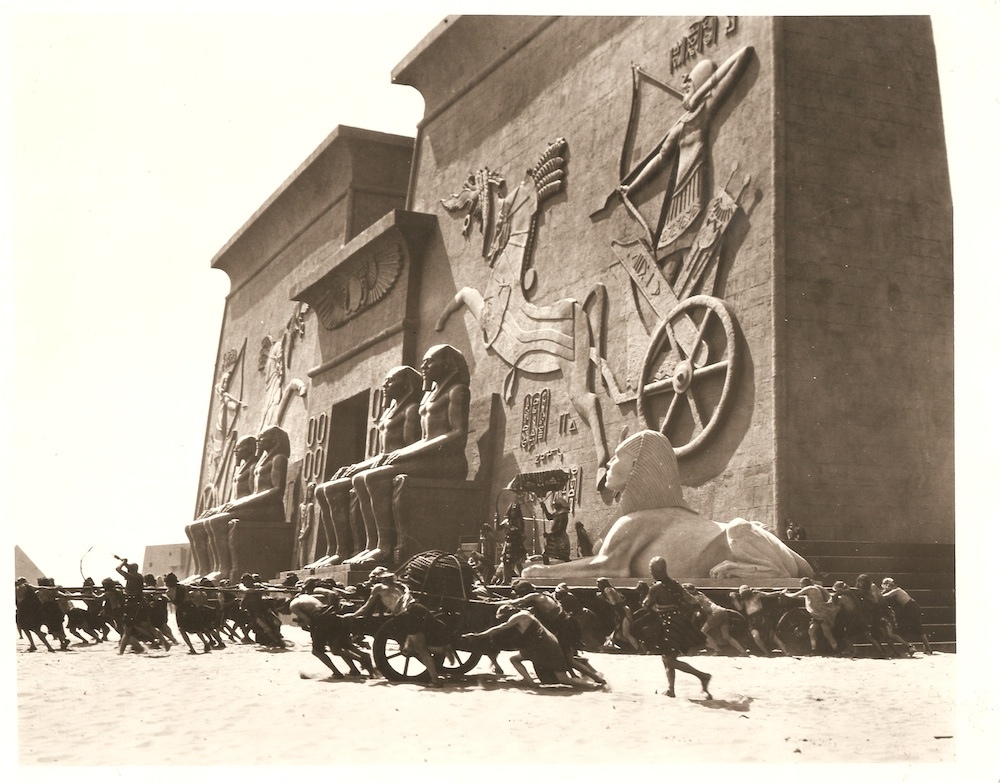
With the help of Peter Brosnan, who is making a documentary with the working name of "The Lost City of Cecil B. DeMille," Applied EarthWorks archaeologists uncovered one of the 21 sphinxes, seen in its original state in the bottom right corner. (Photo Credit: Dunes Center, Guadalupe, CA.)
Shifting Sands
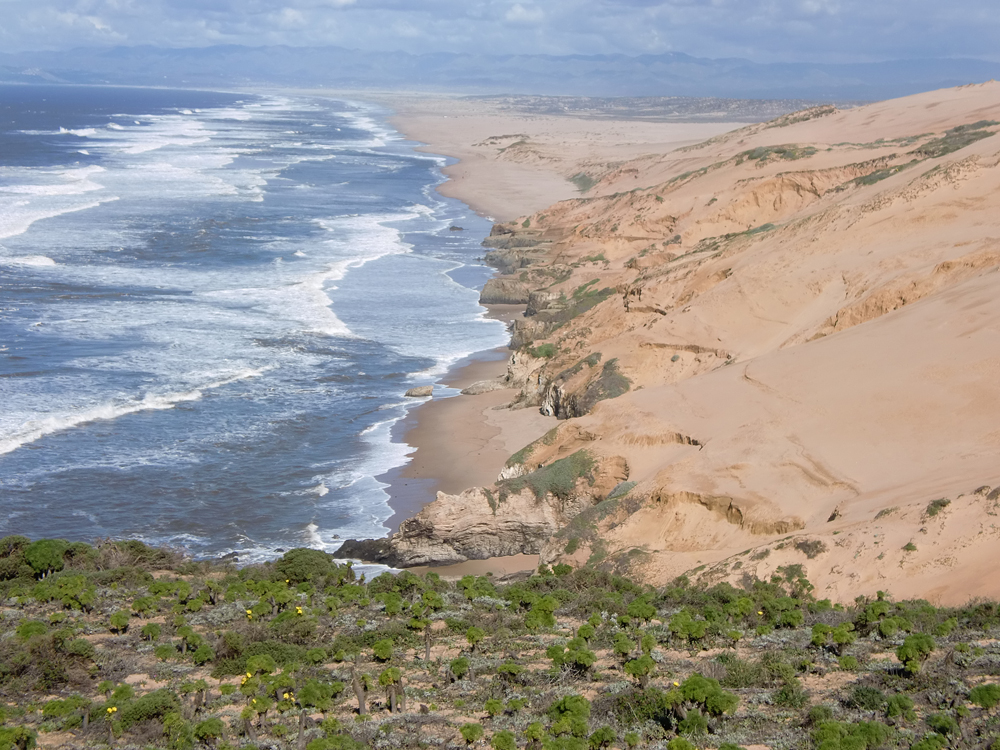
Here, a stretch of the Guadalupe-Nipomo Dunes, where the sphinxes were buried and recently uncovered. Scientists think that once the film was created in 1923, wind, rain and sand likely collapsed and buried much of the enormous film set beneath these ever-shifting dunes. (Photo Credit: Dune Center, Guadalupe, CA.)
Sign up for the Live Science daily newsletter now
Get the world’s most fascinating discoveries delivered straight to your inbox.
Sliver in Sand
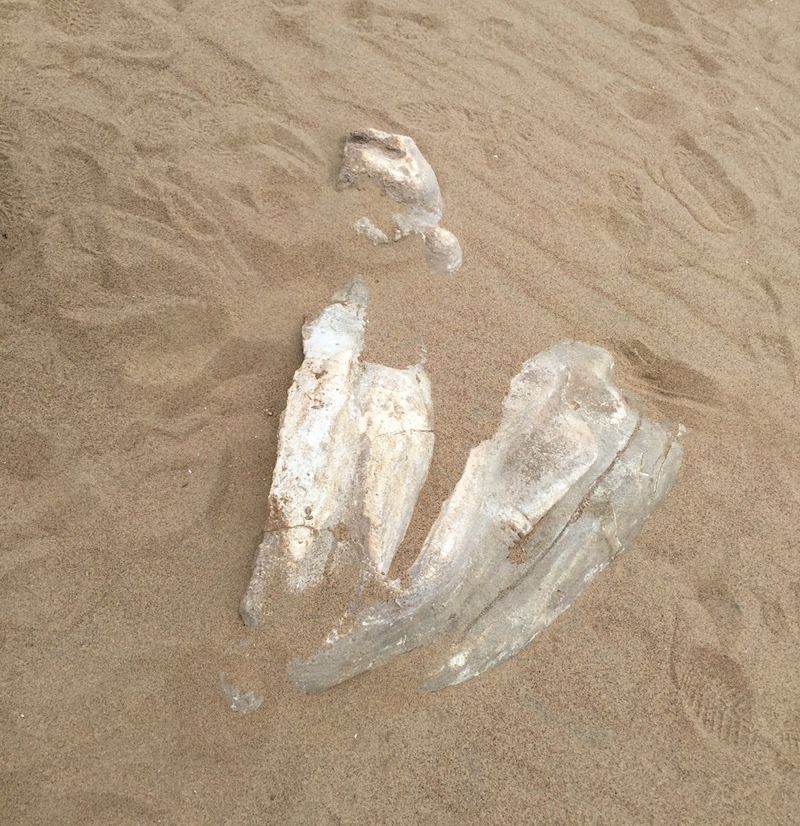
Though only a sliver of the Hollywood statue can be seen, the towering prop, along with the head of another reconstructed sphinx from the silent film, will be on display at the Guadalupe-Nipomo Dunes Center in mid- to late 2015. (Photo Credit: Dunes Center, Guadalupe, CA.)
Uncovering a Sphinx
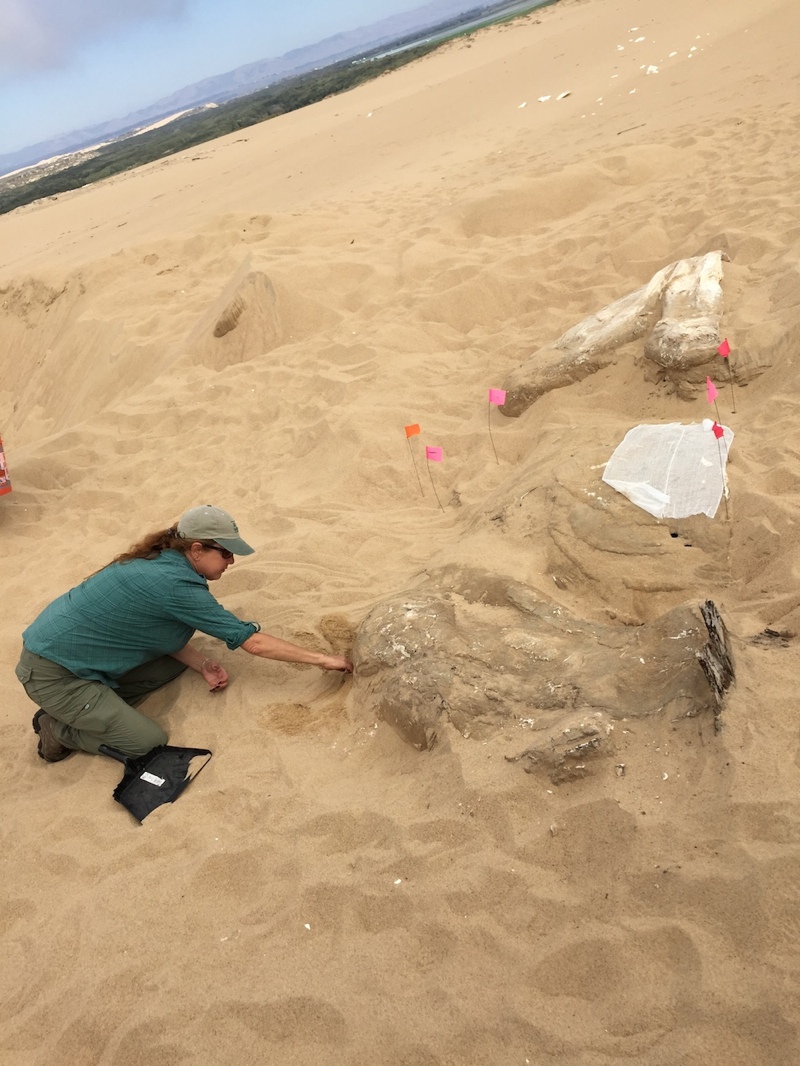
Archaeologists unearth one of the giant sphinxes from the film. The sphinx is about 15 feet (4.6 meters) tall and in 1923 it was one of 21 sphinxes that lined the path to Pharaoh's City. The façade to the movie city was enormous, standing about 12 stories high and extending some 720 feet (219 m) across. (Photo Credit: Dunes Center, Guadalupe, CA.)
Careful Dig
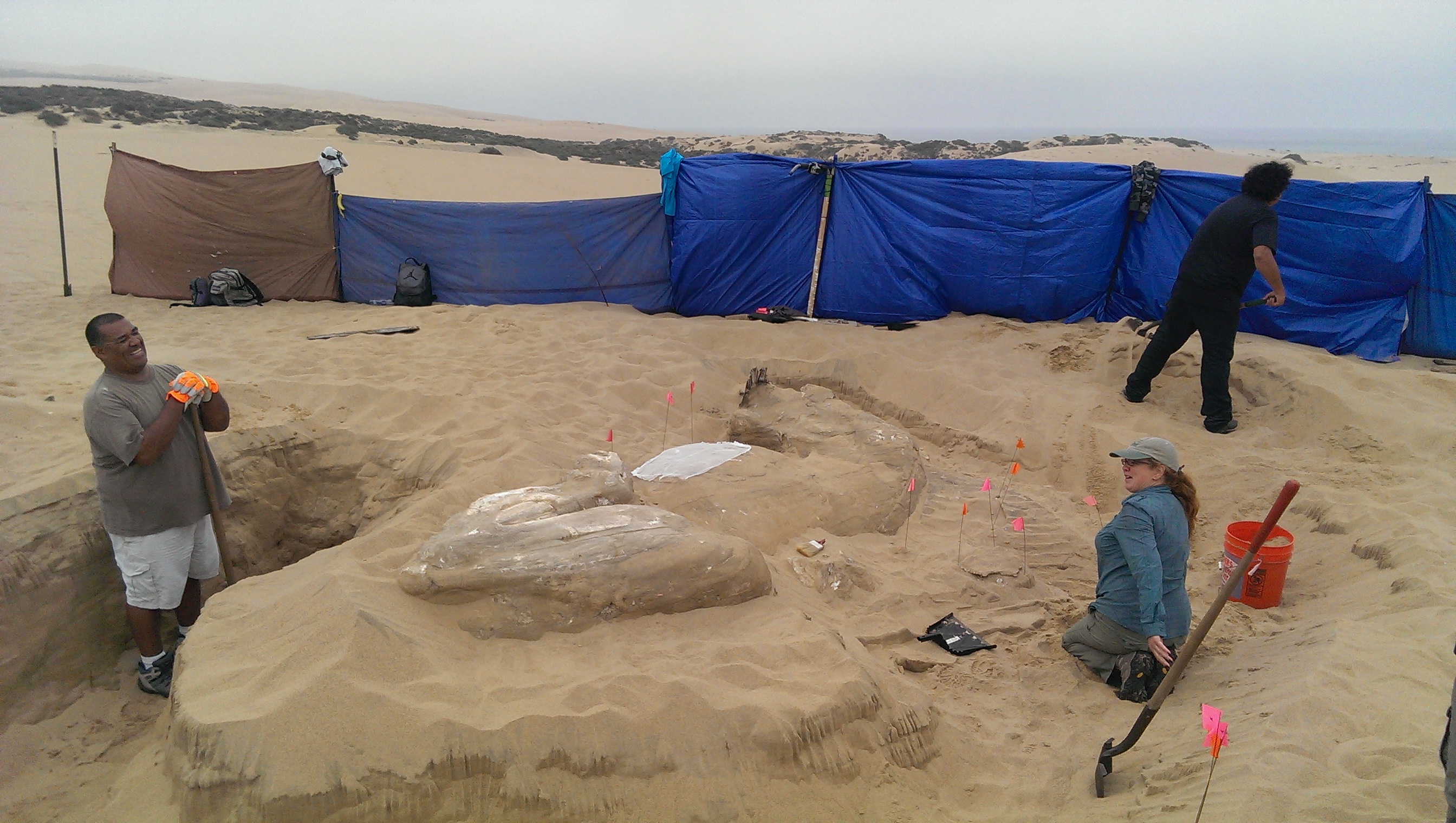
Archaeologists work to unearth the plaster movie statue. The statues were so giant that they were delivered in parts from Los Angeles to the film set in Guadalupe, where they were assembled. (Photo Credit: Applied EarthWorks, Inc.)
Weathered sphinx
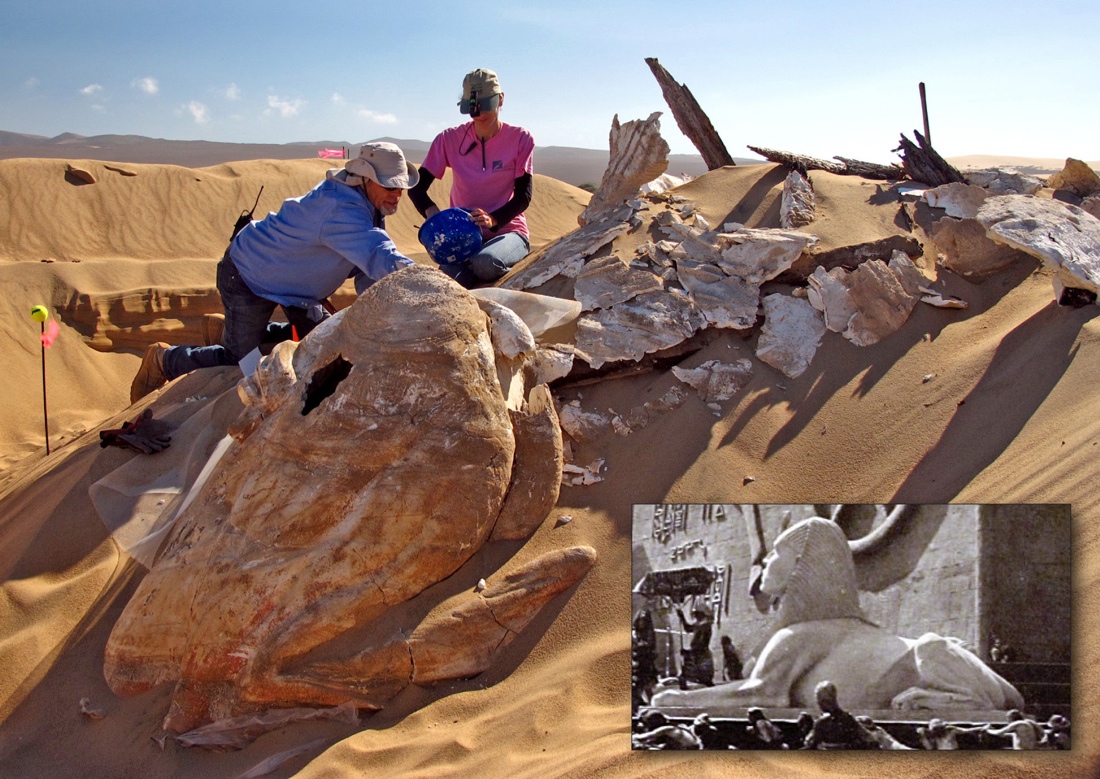
During its stint beneath the Guadalupe sand dunes, the giant sphinx was badly weathered due to the winds and associated erosion, necessitating a careful excavation and planned restoration. This month, from Oct. 6-14, archaeolgists wrapped the hollow sphinx in cheesecloth that had been soaked in a preservation chemical before funneling out sand and replacing the empty space with expanding insulation foam. (Photo Credit: Applied EarthWorks, Inc.)
Follow us @livescience, Facebook & Google+.
Jeanna Bryner is managing editor of Scientific American. Previously she was editor in chief of Live Science and, prior to that, an editor at Scholastic's Science World magazine. Bryner has an English degree from Salisbury University, a master's degree in biogeochemistry and environmental sciences from the University of Maryland and a graduate science journalism degree from New York University. She has worked as a biologist in Florida, where she monitored wetlands and did field surveys for endangered species, including the gorgeous Florida Scrub Jay. She also received an ocean sciences journalism fellowship from the Woods Hole Oceanographic Institution. She is a firm believer that science is for everyone and that just about everything can be viewed through the lens of science.









